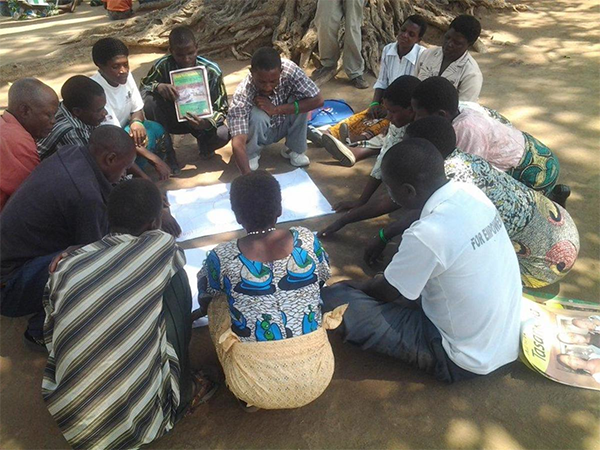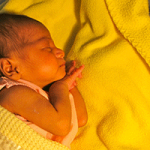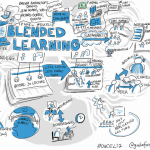Impact of Community Level Factors on HIV Outcomes Webinar: Participant Questions Answered
HC3 recently hosted a highly engaging webinar, Impact of Community Level Factors on HIV Outcomes, which generated so many thoughtful questions, time ran out to answer all of them. We’ve provided those questions, with answers, below.
Carol Underwood began the webinar with her presentation, The Role of Community-level Factors Across the Treatment Cascade, and focused on an upcoming literature review to be published in JAIDS in July that looked at two separate questions:
- What community-level factors promote/inhibit HIV testing, encourage/discourage uptake of appropriate treatment, or support/undermine adherence and care in low- and middle- income countries?
- What community level factors have been addressed by HIV-related interventions, how and with what effect?
Below are some of the questions that arose from Carol’s presentation:
[toggle title=”Q: Was there any discussion of the role of community leaders in improving community capacity?” load=”hide”]A: The role of community leaders in community capacity was measured by asking community members their assessments of the quality of local leadership.[/toggle]
[toggle title=”Q: We are increasingly getting reviews and publications that raise a call to action for increasing capacity to measure interventions at community level, is your group working on this?” load=”hide”]A: Yes, we are working on ways to measure community-level factors. We published an article on community capacity and health behaviors (Underwood, C., Boulay, M., Snetro-Plewman, G., Macwan’gi, M., Vijayaraghavan, J., Namfukwe, M., & Marsh, D. 2012. Community Capacity as Means to Improved Health Practices and an End in Itself: Evidence from a Multi-Stage Study. International quarterly of community health education, 33(2), 105-127. [/toggle]
[toggle title=”Q: Does your paper discuss/describe the variety of ways that ART adherence is measured? ” load=”hide”]A: our paper focused on community-level factors (CLFs) rather than on how the different steps in the treatment cascade were measured. In articles that addressed ART adherence, there was discussion of how adherence was measured, but a discussion of it was beyond the scope of our paper.[/toggle]
[toggle title=”Q: Did you find anything about the role of community level media in influencing the public discourse or reducing stigma?” load=”hide”]A: Our focus was on community-level factors associated with the treatment cascade. Stigma inhibited retention throughout the cascade. The article didn’t explore what affected stigma (or other CLFs).[/toggle]
Next, Dr. Stefan Baral presented on Enhancing Benefits or Increasing Harms: Community Responses for HIV Among Key Populations, his manuscript that also will be published in the July JAIDS. His team looked at community- or social-level associations between HIV and HIV-related risks among key populations in low- and middle-income countries. Community determinants are often not the focus of studies among key population,s but can help to contextualize HIV-related risk behaviors among key populations, as well as affect coverage of HIV services.
Patrick Devos concluded with a presentation on the Tchova Tchova program being implemented in Mozambique by Johns Hopkins Center for Communication Programs Mozambique. The intervention uses structured community dialogue sessions, triggered by video profiles of role models to change HIV-related behavior at the community level. To date, the program has shown success in changing attitudes and communication, as well as other positive changes in the community.
Here are answers to the questions that were asked during and after Patrick’s presentation:
[toggle title=”Q: How are participants recruited into the sessions?” load=”hide”]A: Local leadership is helping the facilitators to mobilize the volunteer participants. This has proven crucial.[/toggle]
[toggle title=”Q: What is the profile of group participants for community dialogue?” load=”hide”]A: They are adults between 25-49, who are willing to participate. Active community members.[/toggle]
[toggle title=”Q: What types of compensation are the participants provided to attend the sessions? ” load=”hide”]A: There is no compensation to participate. After finishing the 8 sessions we organize a modest award ceremony where we provide some food and soft drinks.[/toggle]
[toggle title=”Q: How feasible is using this strategy with all these tools in rural community?” load=”hide”]A: We are using the tool in rural communities and it is completely feasible. There needs to be a Community based organization in the area with capacity and that is sometimes the issue.[/toggle]
[toggle title=”Q: How are you are evaluating this intervention?” load=”hide”]A: As we mentioned towards the end of the presentation, we conducted an evaluation comparing exposed communities with non-exposed. We conducted a qualitative survey with participants, and we recently are tracking the number of referrals to HIV health services. We would love to do more evaluations to document the impact better.[/toggle]
[toggle title=”Q: I think the synergy of community based and mass media interventions discussing the same issues is really important. But how do you evaluate the mass media effects?” load=”hide”]A: We have conducted a survey in 2010 and the evaluation is also measuring the recall of the radio programs. In fact the impact of the radio has been great.[/toggle]
[toggle title=”Q: What determines the choice for session in the TTHV profile?” load=”hide”]A: Each session has a series of contents (based on the evidence and findings from the formative research), for each session we found a Mozambica champion (someone that has overcome a health problem and explains how, also family and community members testify that the change is genuine. The profiles only work when the champion’s story is 100% authentic and genuine.[/toggle]
[toggle title=”Q: Are transcripts or summaries of the mass media program content available online or through some other channel? ” load=”hide”]A: We are currently in the process of documenting all our communication products and all radio programs will be available on the platform Knowledge for Health (K4H). Hopefully very soon.[/toggle]
Listen to a recording of the webinar and/or download the presentations in PDF here.








Leave a Reply
Want to join the discussion?Feel free to contribute!